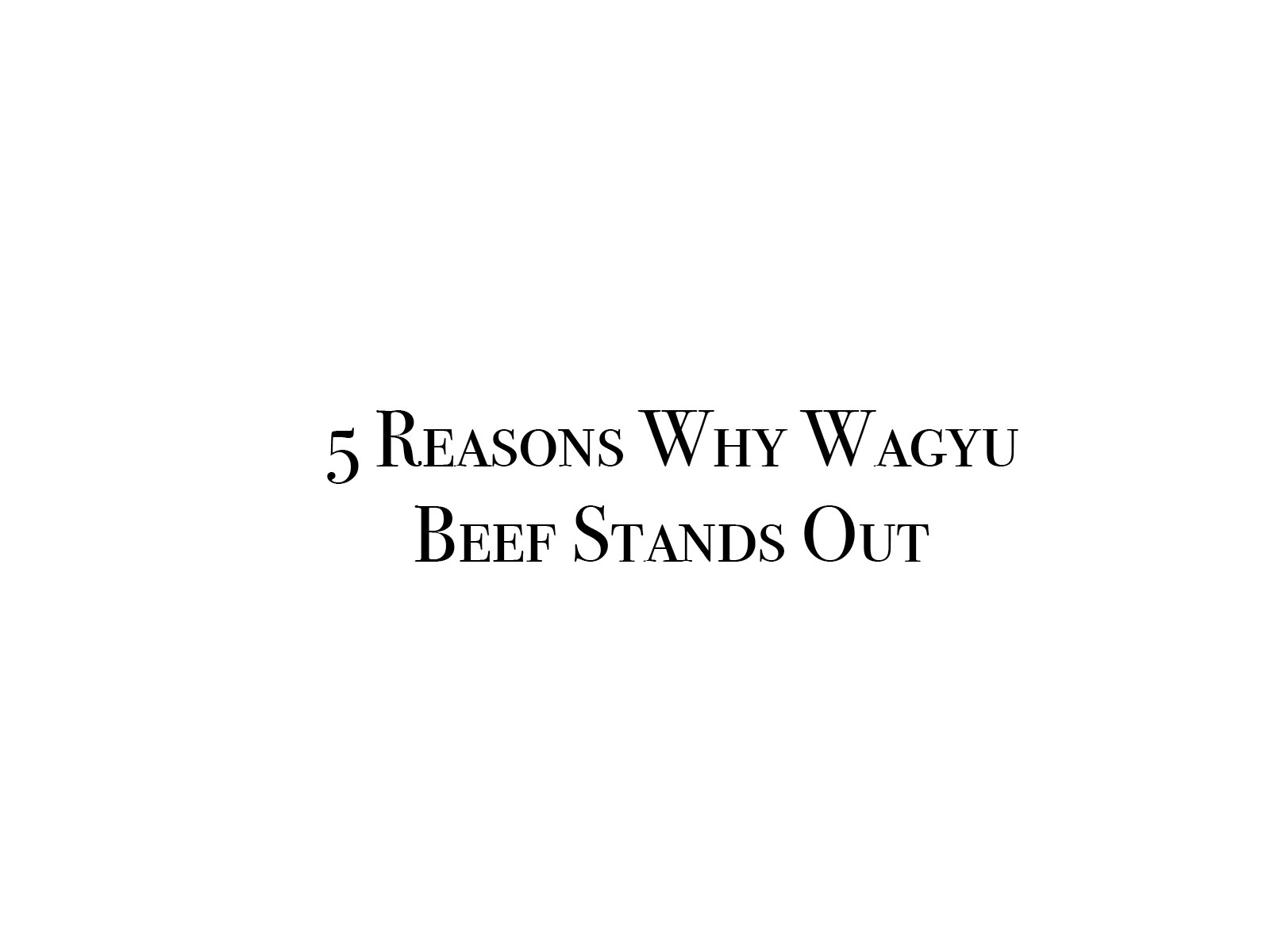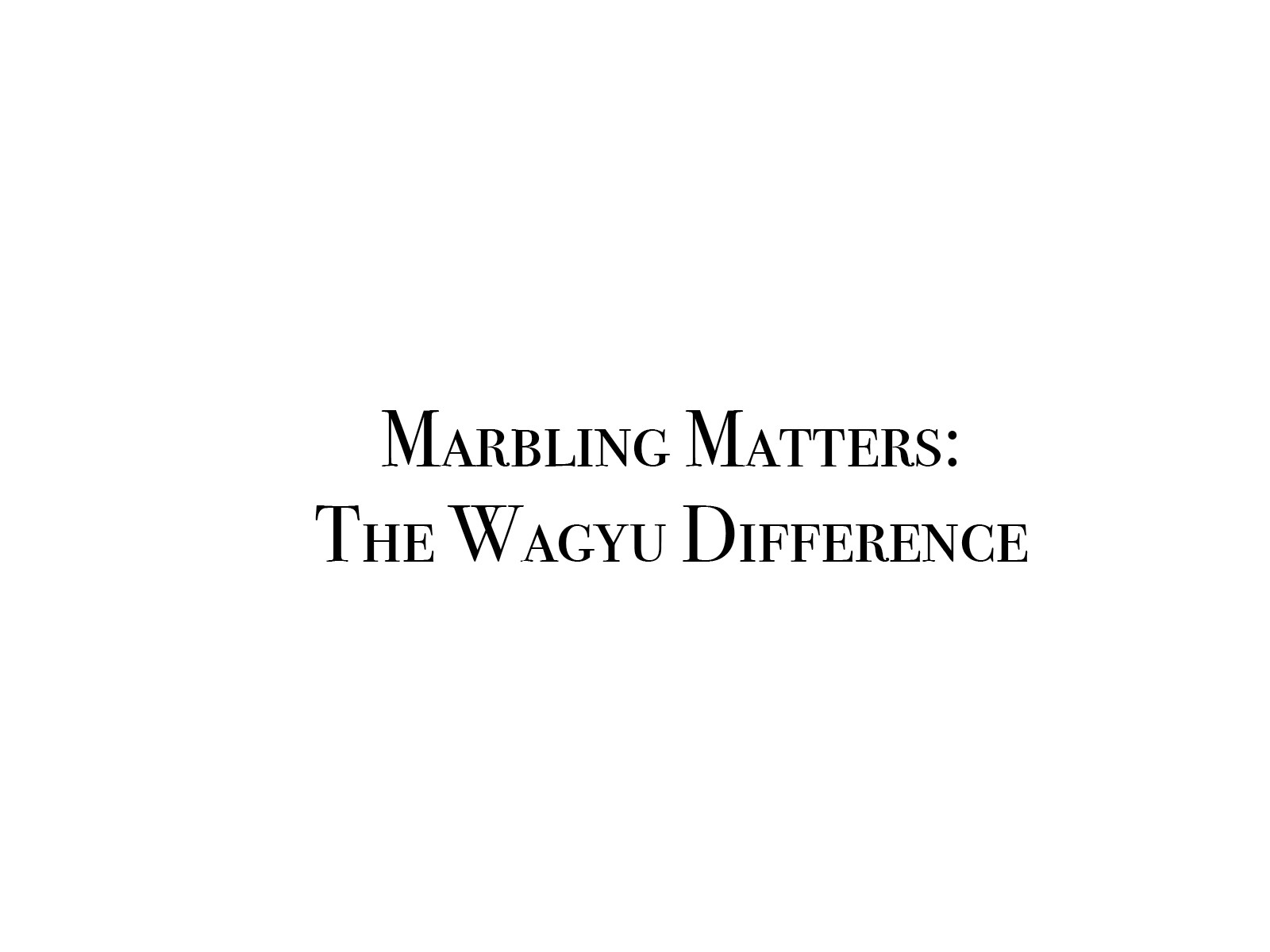Rolling The Genetic Dice
posted on
October 25, 2024
When mating two Wagyu cattle with the same genetic condition, you’re “rolling the dice” because the genetic outcome depends on inheritance patterns. If both parents carry a recessive gene, there’s a risk of passing the condition to their offspring, where the payoff versus risk becomes important.
Recessive Disorders:
For many conditions, both parents must carry the gene to potentially affect the offspring. If both carry one defective gene (heterozygous), the probabilities are:
- 25% chance the offspring will inherit two copies and express the condition.
- 50% chance they will inherit one copy and be a carrier.
- 25% chance they will inherit no copies and be unaffected.
The Potential Payoff:
While we understand that genetic testing is crucial in identifying carriers and reducing risks, it’s important to look beyond just the testing itself. Genetic testing gives breeders the information they need to make informed decisions, but the real challenge comes when you choose to mate two carriers despite knowing the risks.
Breeding two carriers is a strategic decision—you’re not just concerned about avoiding harmful genetic conditions but also aiming for calves with outstanding traits. If both parents carry exceptional qualities, such as superior marbling, tenderness, or growth rates, there’s a chance to produce offspring that could significantly improve the genetic quality of your herd.
The key is weighing that potential reward against the known risk. There’s a 25% chance that two carrier parents will produce an affected calf, but there’s also a 75% chance that the offspring will either be a healthy carrier or unaffected. Some breeders view this as a calculated gamble: the payoff, if successful, could lead to calves that set new standards for quality.
Additionally, managing this risk doesn’t stop at pairing decisions. Breeders can further mitigate potential downsides by strategically managing the herd. For instance, offspring that turn out to be carriers but possess superior traits can still be valuable in certain breeding programs, or as high-quality meat producers. Testing those offspring early allows breeders to make decisions about their role in future breeding plans.
Ultimately, genetic testing is just the beginning. The real art is in interpreting the results and making decisions that balance risk with the potential for high-reward outcomes. For breeders willing to take this “genetic gamble,” the benefits can be extraordinary, though there’s always the inherent uncertainty that keeps the process dynamic.
| Mating | Affected | Carrier | Unaffected |
|---|---|---|---|
| Carriers Same Cond. | 25% | 50% | 25% |
| Carrier x Non-Carrier | 0% | 50% | 50% |
| Two Non-Carriers | 0% | 0% | 100% |
| Two Affected | 100% | 0% | 0% |
| Carrier x Affected | 50% | 50% | 0% |



